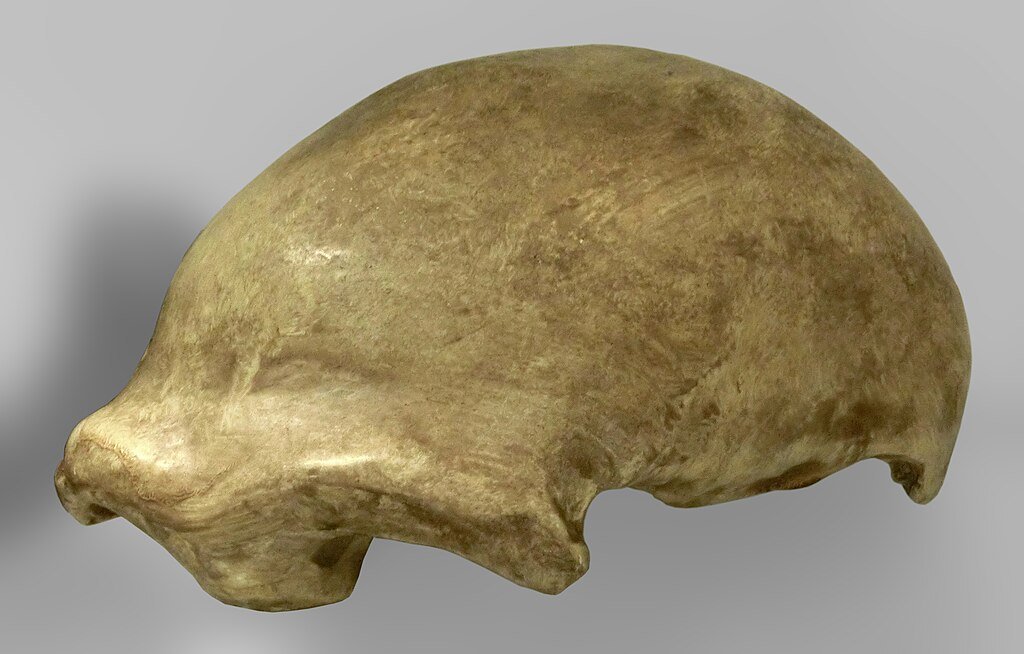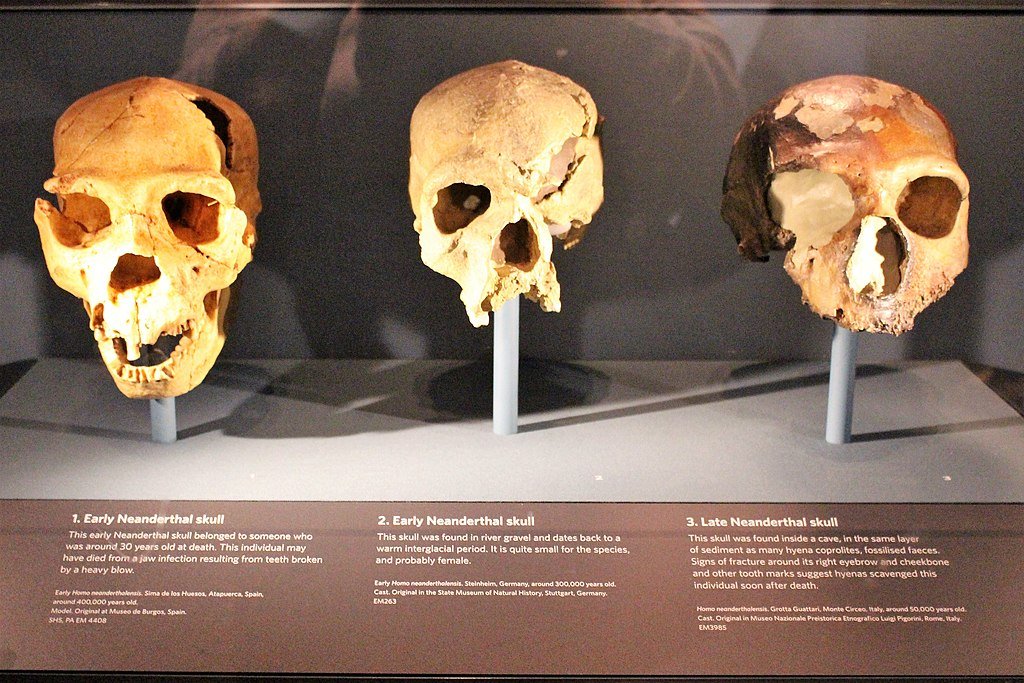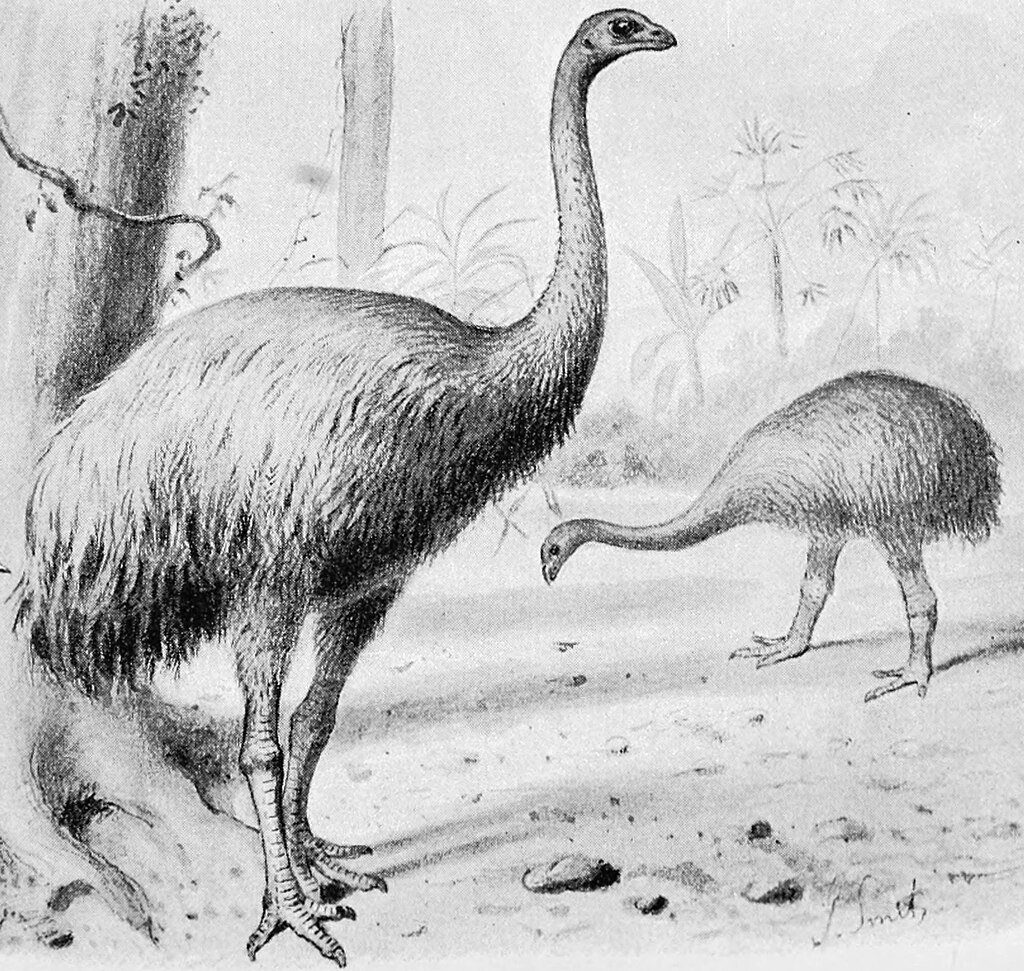A groundbreaking genetic study has uncovered a Neanderthal population in France that remained completely isolated for 50,000 years. Unlike other Neanderthal groups, which often exchanged genes with neighboring populations, this group remained genetically and culturally separate. The discovery raises new questions about the role of isolation in Neanderthal extinction and challenges long-held assumptions about their social structures.
Discovery of the Thorin Lineage

The research, published in Cell Genomics, focuses on a Neanderthal individual nicknamed Thorin, whose remains were found in Grotte Mandrin, a limestone cave in southern France. Genetic analysis showed that Thorin’s lineage diverged from other Neanderthals around 105,000 years ago, meaning his ancestors had been genetically isolated for tens of thousands of years. Despite living in close proximity to other Neanderthal groups, Thorin’s population did not mix with them, suggesting an unusual form of social or geographical separation.
Genetic and Technological Differences
Modern human populations benefit from genetic diversity, which increases resilience to environmental changes and disease. The newly discovered Neanderthal lineage, however, appears to have suffered from prolonged isolation, leading to reduced genetic variation. This genetic stagnation may have made them more vulnerable to climate shifts and resource shortages, contributing to their eventual disappearance. Scientists suspect that similar isolated groups may have existed elsewhere, further complicating the narrative of Neanderthal decline.
Cultural and Technological Differences
Thorin’s group exhibited distinct toolmaking that set them apart from neighboring Neanderthals. The tools found near Thorin’s remains belonged to a tradition known as Post-Neronian II, which was exclusive to this part of France. This suggests that isolation influenced not just their genetics but also their technological evolution. Their separation may have prevented them from adopting innovations developed by other Neanderthal populations, possibly limiting their ability to adapt to new challenges.
Implications for Neanderthal Extinction

The discovery of an isolated Neanderthal lineage adds a new dimension to discussions about their extinction. While climate change and competition with Homo sapiens are frequently cited as reasons for their decline, genetic isolation may have been an overlooked factor. Fragmentation into small, isolated groups would have made survival increasingly difficult, reducing the likelihood of long-term persistence in changing environments.
Future Research Directions
Scientists plan to investigate whether other Neanderthal groups across Europe experienced similar genetic isolation. Advances in DNA sequencing could provide insights into how different populations adapted—or failed to adapt—to environmental challenges. Future studies may also focus on whether geographic barriers played a role in separating Neanderthal populations, influencing their ability to interact and evolve.
Conclusion

The revelation that some Neanderthal populations remained genetically and culturally isolated for 50,000 years reshapes our understanding of their survival strategies and social behaviors. As researchers continue to analyze ancient DNA, they hope to uncover more details about how isolation impacted Neanderthal evolution and ultimately contributed to their extinction.
Source:





